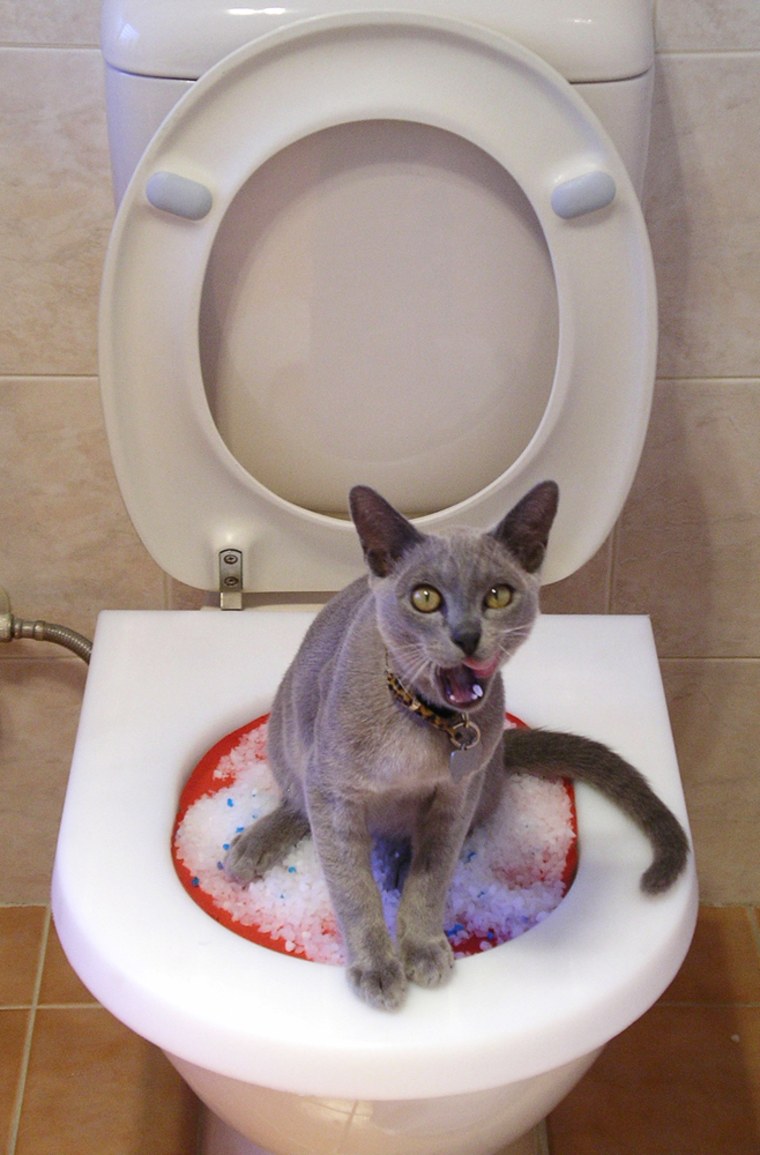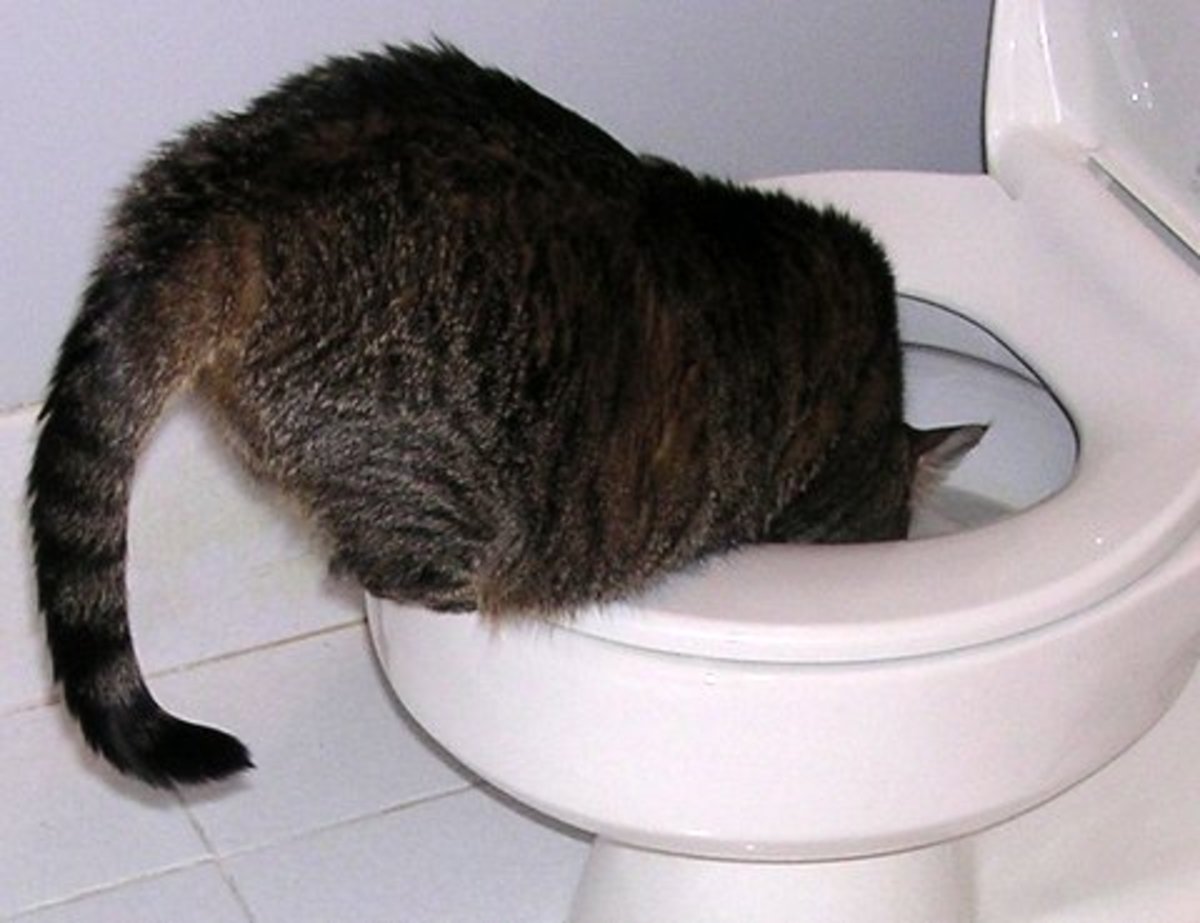Crucial Reasons Why Animal Waste Must Never Be Flushed Down the Toilet
Crucial Reasons Why Animal Waste Must Never Be Flushed Down the Toilet
Blog Article
Here further down you can discover more high-quality advice in regards to Should you flush animal waste down the toilet.

When it pertains to disposing of waste, particularly animal waste, many individuals commonly resort to the practical option of flushing it down the commode. Nonetheless, this apparently very easy remedy can have major consequences for the setting and public health. In this short article, we'll explore why flushing pet waste down the toilet is a bad concept and give alternate techniques for appropriate disposal.
Introduction
Appropriate waste disposal is crucial for maintaining environmental sustainability and public health. While it might seem harmless to purge animal waste down the bathroom, it can cause numerous concerns, both for the environment and human health.
Threats of flushing pet waste
Environmental effect
Flushing animal waste presents unsafe microorganisms and microorganisms into rivers, which can negatively influence water communities. These virus can infect water sources and injury marine life, interfering with delicate ecological communities.
Public health concerns
Animal waste includes hazardous germs such as E. coli and Salmonella, which can posture severe health dangers to human beings. Purging animal waste down the commode can contaminate water supplies, resulting in the spread of conditions and infections.
Alternatives to flushing
Instead of purging pet waste down the commode, there are numerous different disposal approaches that are much more eco-friendly and sanitary.
Composting
Composting animal waste is an environment-friendly method to dispose of it. By composting, raw material is broken down into nutrient-rich soil, which can be used to feed gardens and plants.
Landfill disposal
Taking care of animal waste in a garbage dump is one more option. While not as environmentally friendly as composting, it is a safer alternative to flushing, as it prevents the contamination of water resources.
Pet waste disposal systems
There are specific animal garbage disposal systems available that safely and hygienically get rid of pet waste. These systems frequently utilize enzymes to break down waste and remove smells.
Steps to appropriate pet garbage disposal
To guarantee appropriate disposal of animal waste, follow these actions:
Scooping and getting waste
On a regular basis scoop and bag pet waste making use of naturally degradable bags. This prevents waste from polluting the setting.
Making use of marked waste bins
Dispose of bagged pet waste in marked waste bins, such as click here compost containers or land fill bins. Stay clear of flushing it down the commode in all prices.
Cleansing can and pet locations regularly
Routinely clean can and pet dog locations to prevent the accumulation of waste and microorganisms. Use pet-safe cleansing items to maintain hygiene.
Advantages of proper disposal methods
Adopting proper disposal approaches for pet waste offers several benefits:
Reduced environmental pollution
Appropriate disposal approaches reduce the risk of environmental pollution, securing rivers and communities from contamination
Lessened threat of water contamination.
By preventing flushing pet waste down the bathroom, the threat of water contamination is substantially lowered, safeguarding public health.
Enhanced hygiene and health
Proper disposal approaches promote much better hygiene and health, producing a more secure atmosphere for both human beings and pets.
Final thought
In conclusion, purging animal waste down the commode is hazardous to the environment and public health. By embracing alternate disposal methods and adhering to correct waste management practices, we can lessen the adverse impact of animal waste and contribute to a cleaner, much healthier world.
What To Do With Dog Poo – The Do's And Don'ts Of Disposing Of Faeces
Dog poo bins
Some councils provide dedicated dog waste bins in popular dog-walking areas that can take dog poo that has been bagged but you can legally dispose of dog waste in any public litter bin, as long as it is securely bagged. This also applies to your wheelie bin at home.
Do not flush
Water companies do not recommend flushing dog faeces down the toilet because certain parasites can survive the water processing treatment and are potentially harmful to humans. You should also never consider flushing dog poo that has been bagged down the toilet as the bags will not break down and instead create severe blockages in the sewage system.
In the woods
The Forestry Commission promotes a ‘stick and flick’ method for dealing with waste in the woods. This means finding a stick and using it to flick any poo from off the path so that it is out of the way of other walkers. You could also bury it as long as it is not in an area where there might be livestock.
Livestock
Parasites found in dog poo can be transmitted to livestock if they inadvertently eat infected faeces that has been left on grazing land. This could result in the death of sheep or abortion in cattle so you should always make sure you pick up your dog’s waste in fields where livestock could be present.

Routinely clean can and pet dog locations to prevent the accumulation of waste and microorganisms. Use pet-safe cleansing items to maintain hygiene.
Advantages of proper disposal methods
Adopting proper disposal approaches for pet waste offers several benefits:
Reduced environmental pollution
Appropriate disposal approaches reduce the risk of environmental pollution, securing rivers and communities from contamination
Lessened threat of water contamination.
By preventing flushing pet waste down the bathroom, the threat of water contamination is substantially lowered, safeguarding public health.
Enhanced hygiene and health
Proper disposal approaches promote much better hygiene and health, producing a more secure atmosphere for both human beings and pets.
Final thought
In conclusion, purging animal waste down the commode is hazardous to the environment and public health. By embracing alternate disposal methods and adhering to correct waste management practices, we can lessen the adverse impact of animal waste and contribute to a cleaner, much healthier world.
What To Do With Dog Poo – The Do's And Don'ts Of Disposing Of Faeces
Dog poo bins
Some councils provide dedicated dog waste bins in popular dog-walking areas that can take dog poo that has been bagged but you can legally dispose of dog waste in any public litter bin, as long as it is securely bagged. This also applies to your wheelie bin at home.
Do not flush
Water companies do not recommend flushing dog faeces down the toilet because certain parasites can survive the water processing treatment and are potentially harmful to humans. You should also never consider flushing dog poo that has been bagged down the toilet as the bags will not break down and instead create severe blockages in the sewage system.
In the woods
The Forestry Commission promotes a ‘stick and flick’ method for dealing with waste in the woods. This means finding a stick and using it to flick any poo from off the path so that it is out of the way of other walkers. You could also bury it as long as it is not in an area where there might be livestock.
Livestock
Parasites found in dog poo can be transmitted to livestock if they inadvertently eat infected faeces that has been left on grazing land. This could result in the death of sheep or abortion in cattle so you should always make sure you pick up your dog’s waste in fields where livestock could be present.

I'm just very enthusiastic about Don't Flush Your Pets Poo Down The Loo, Vet Warns and I am assuming you liked the post. Do you know somebody else who is serious about Can You Flush Dog and Cat Poo Down the Toilet?? Take a moment to share it. Thanks a lot for taking the time to read it.
Click Here Report this page